How To Use Mount Flashes On Canon Cameras?
Mastering the Use of Mount Flashes on Canon Cameras
When aiming for high-quality photography, lighting stands as one of the pivotal factors that can either make or break a shot. For Canon camera users, understanding how to effectively use mount flashes can elevate your photography to new heights. While the built-in flash can be useful, a mounted flash, often referred to as a "speedlight," provides unmatched flexibility and power. This comprehensive guide will walk you through the essentials of using mount flashes on Canon cameras, ensuring you can confidently tackle various lighting scenarios.
Understanding Mount Flashes
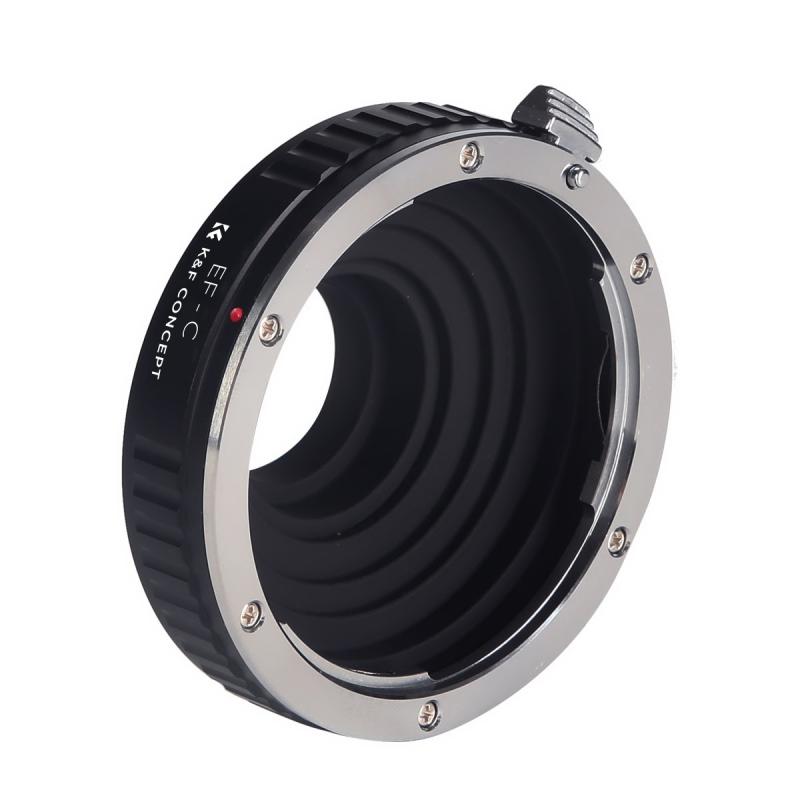
Introduction to Mount Flashes
A mount flash, or external flash, mounts on the hot shoe of your camera. These flashes offer far more power and flexibility compared to the built-in flash. Canon offers a range of these external flashes, known as Speedlites, that are compatible with its DSLR and mirrorless cameras.
Functionality and Benefits
Why should you invest in a mount flash? Here are a few benefits:
1. Enhanced Power: Mount flash units are generally more powerful than the camera's built-in flash.
2. Angle Flexibility: You can bounce light off ceilings or walls to create softer shadows.
3. Reduced Red-Eye: Distance between the lens and flash reduces the red-eye effect.
4. Advanced Features: Many models offer zoom heads, high-speed sync, and various lighting modes.
Setting Up Your Canon Camera for Mount Flash
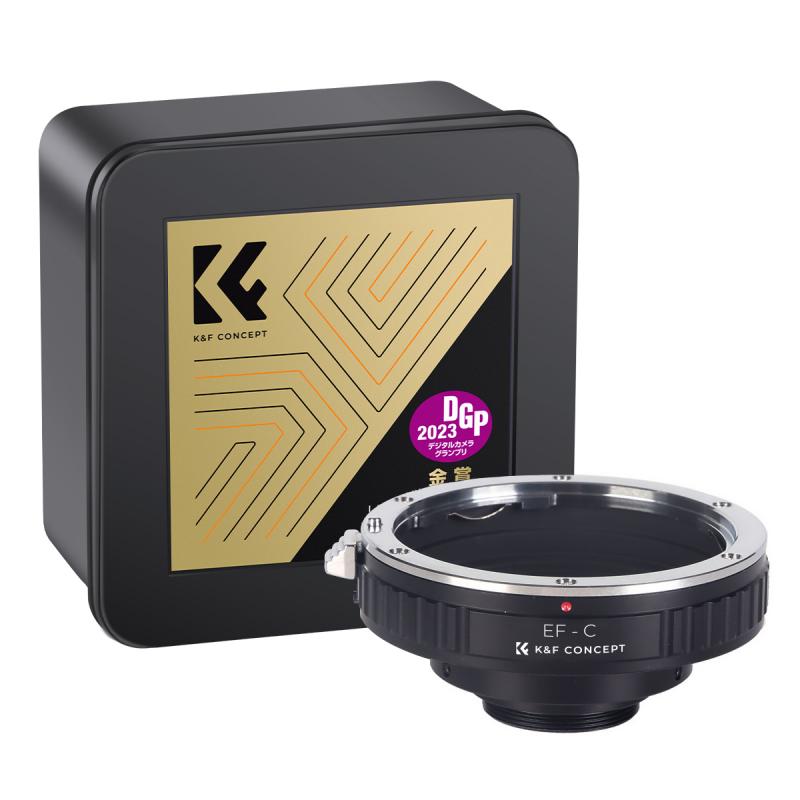
Choosing the Right Mount Flash
Not all flashes are created equal. Choose a flash that’s compatible with your Canon camera model. For instance, the Canon Speedlite 600EX II-RT is highly versatile and suitable for a variety of Canon DSLR and mirrorless cameras.
Attaching the Flash
1. Turn off your camera and flash unit.
2. Slide the flash’s mounting foot into the hot shoe on top of your camera.
3. Ensure the flash is securely attached, then lock it in place using the latch or lock on the flash.
Syncing and Configuring the Flash
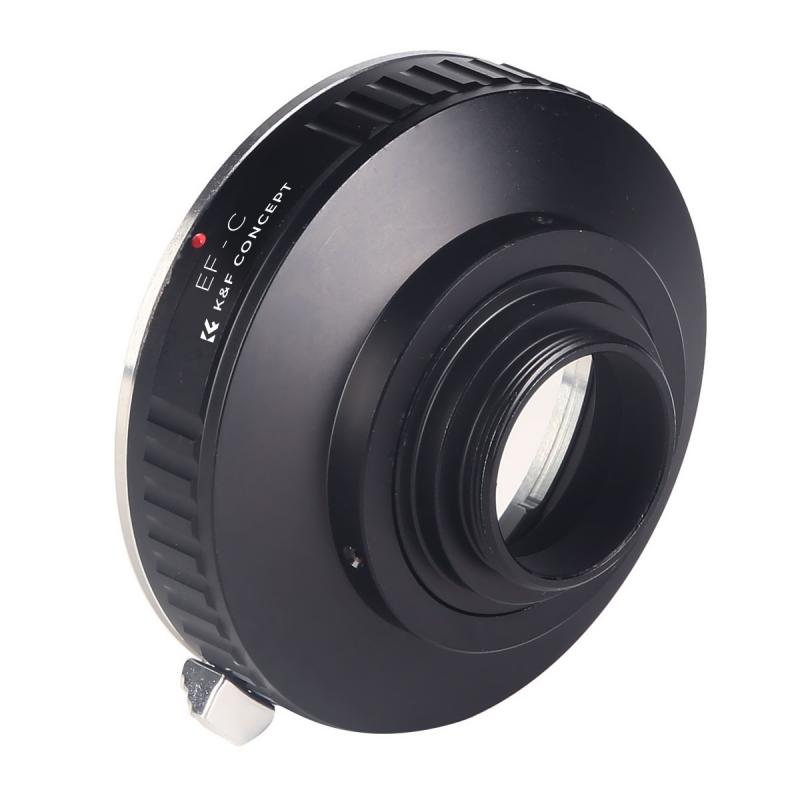
Synchronization Techniques
Getting your camera to synchronize with your flash is crucial. There are typically three main sync modes:
1. Front Curtain Sync: The flash fires at the start of the exposure. Useful for most general photography.
2. Rear Curtain Sync: The flash fires at the end of the exposure. Ideal for creative shots like capturing motion trails behind a moving subject.
3. High-Speed Sync (HSS): Allows you to use shutter speeds faster than the camera’s native sync speed, which is typically up to 1/250s. This is invaluable for shooting in bright conditions with a wide aperture.
Flash Modes
Understanding the different modes can give you more control over how your final image looks:
1. ETTL (Evaluative Through The Lens): Automatically adjusts flash output based on the brightness of the scene.
2. Manual: Lets you manually set the power output of the flash, giving you complete control.
3. Multi/Stroboscopic Flash: Useful for capturing multiple movements within a single exposure.
Techniques for Effective Flash Use
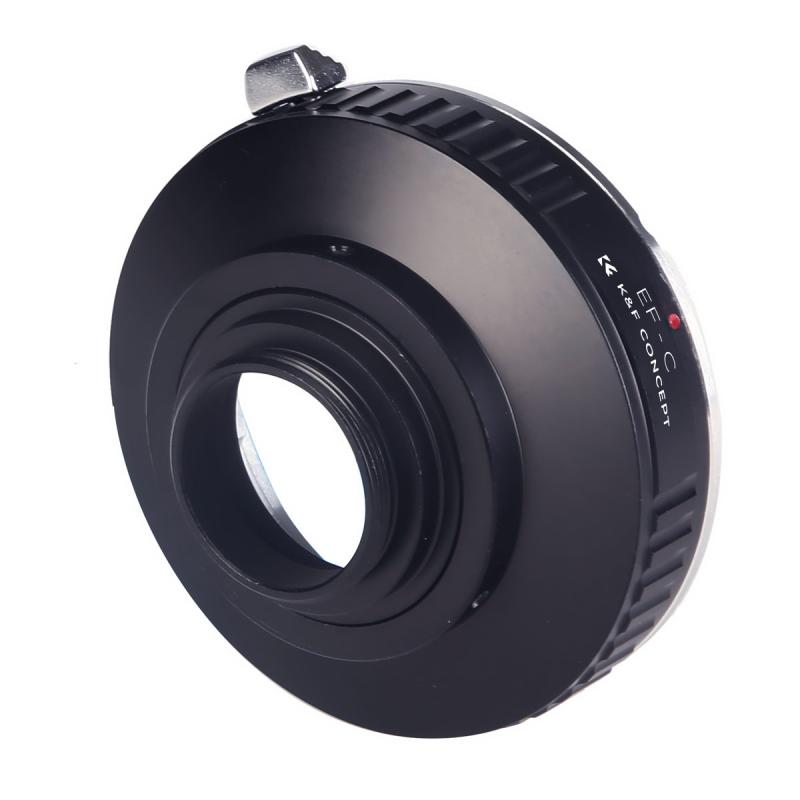
Bouncing Flash
One of the most effective ways to use a mount flash is to bounce the light off a ceiling or wall. This softens the light and eliminates harsh shadows, creating a more natural look. Most Canon Speedlite flashes have a tilting and swiveling head to facilitate this.
Using Diffusers
Adding a diffuser to your flash can further soften the light, minimizing harsh shadows and reducing glare. You can use a dedicated flash diffuser or even a DIY solution like a white plastic bag in a pinch.
Adjusting Flash Compensation
Sometimes when shooting in ETTL mode, the flash output may need some tweaking. You can adjust the flash exposure compensation directly from your camera. This is helpful in situations where the default flash output is either too strong or too weak.
Advanced Techniques and Tips
Using Flash Gels
Flash gels are colored filters that you can attach to your flash to adjust the color temperature of the light. They are incredibly useful when trying to match the color of the flash to the ambient lighting conditions, such as tungsten or fluorescent lighting.
Remote Flash Triggering
For more creative control, consider using the flash off-camera. Many Canon Speedlite models support wireless triggering, allowing you to position the flash wherever it’s most effective. Canon cameras and flashes often use infrared or radio frequencies for wireless communication.
TTL vs Manual Flash for Portraits
When shooting portraits, TTL mode can be a lifesaver by automatically adjusting the flash based on the lighting in different scenes. However, for consistent results in controlled environments, manual mode can provide the reliability and consistency that many professional photographers prefer.
Practical Scenarios for Using Mount Flashes
Wedding Photography
Weddings are fast-paced events with varying lighting conditions. Using a mount flash can help capture beautiful moments regardless of whether you’re indoors or outdoors. High-speed sync is particularly handy for outdoor shots.
Event Photography
For events like conferences or parties, a mount flash can adequately illuminate subjects without creating harsh shadows. Bouncing the flash off ceilings or walls ensures a flattering light.
Macro Photography
In macro photography, proper lighting is crucial because you’re dealing with very small depth-of-field. Mount flashes, often combined with ring lights, can offer specialized solutions.
Troubleshooting Common Issues
Overexposed or Underexposed Images
Adjust flash exposure compensation. Ensure the flash is not too close or too far from the subject.
Red-Eye Effect
Increase the distance between the lens and the flash, use bounce flash, or use red-eye reduction mode if available.
Harsh Shadows
Bounce the flash, use diffusers, or try repositioning the subject relative to the flash.
Mastering the use of mount flashes on Canon cameras opens up a wider range of photographic possibilities, allowing you to capture well-lit, professional-quality images regardless of the environment. From understanding different flash modes, synchronization techniques, and advanced tips like using gels and remote triggering, being proficient with your mount flash can drastically improve your photography. So go ahead, attach that Speedlite, experiment with the settings, and watch your photos come to life with perfectly balanced lighting.


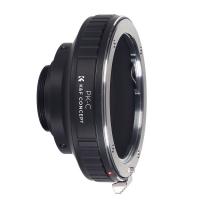
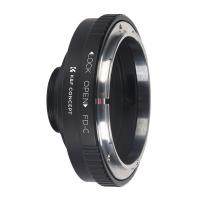


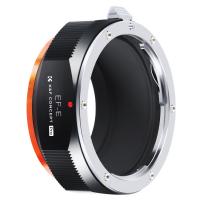
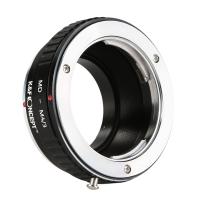
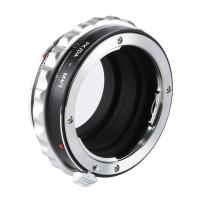
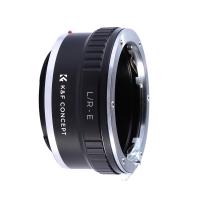
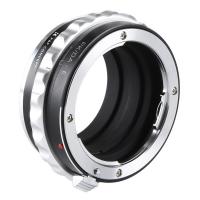
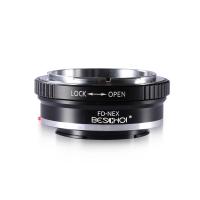
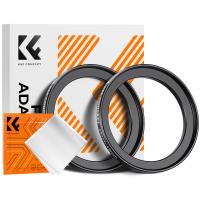
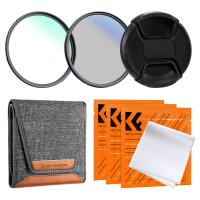


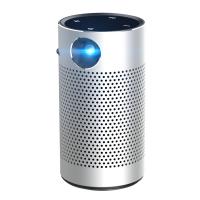
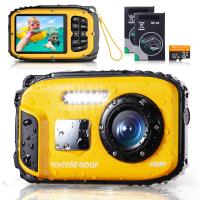




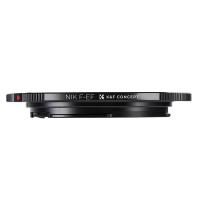
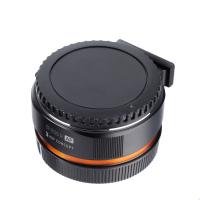
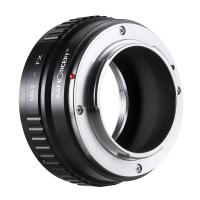
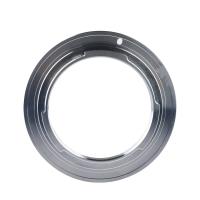
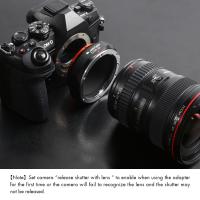
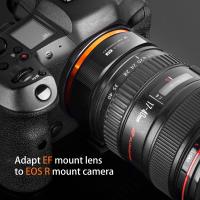
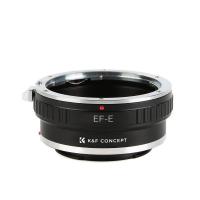
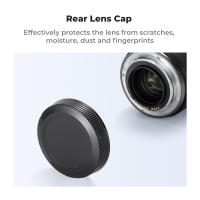
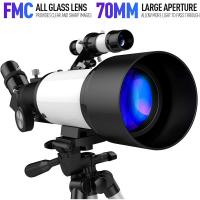

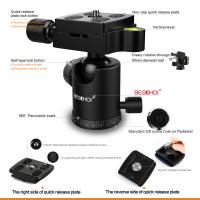
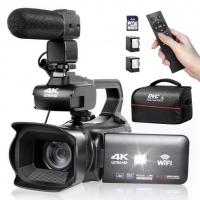

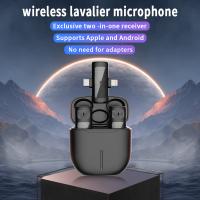
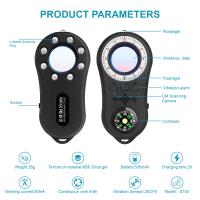

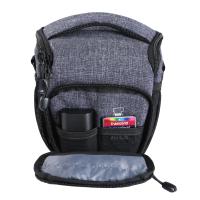


There are no comments for this blog.